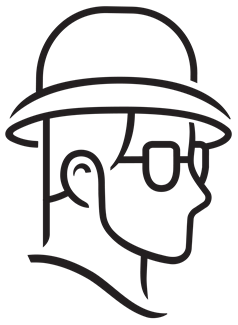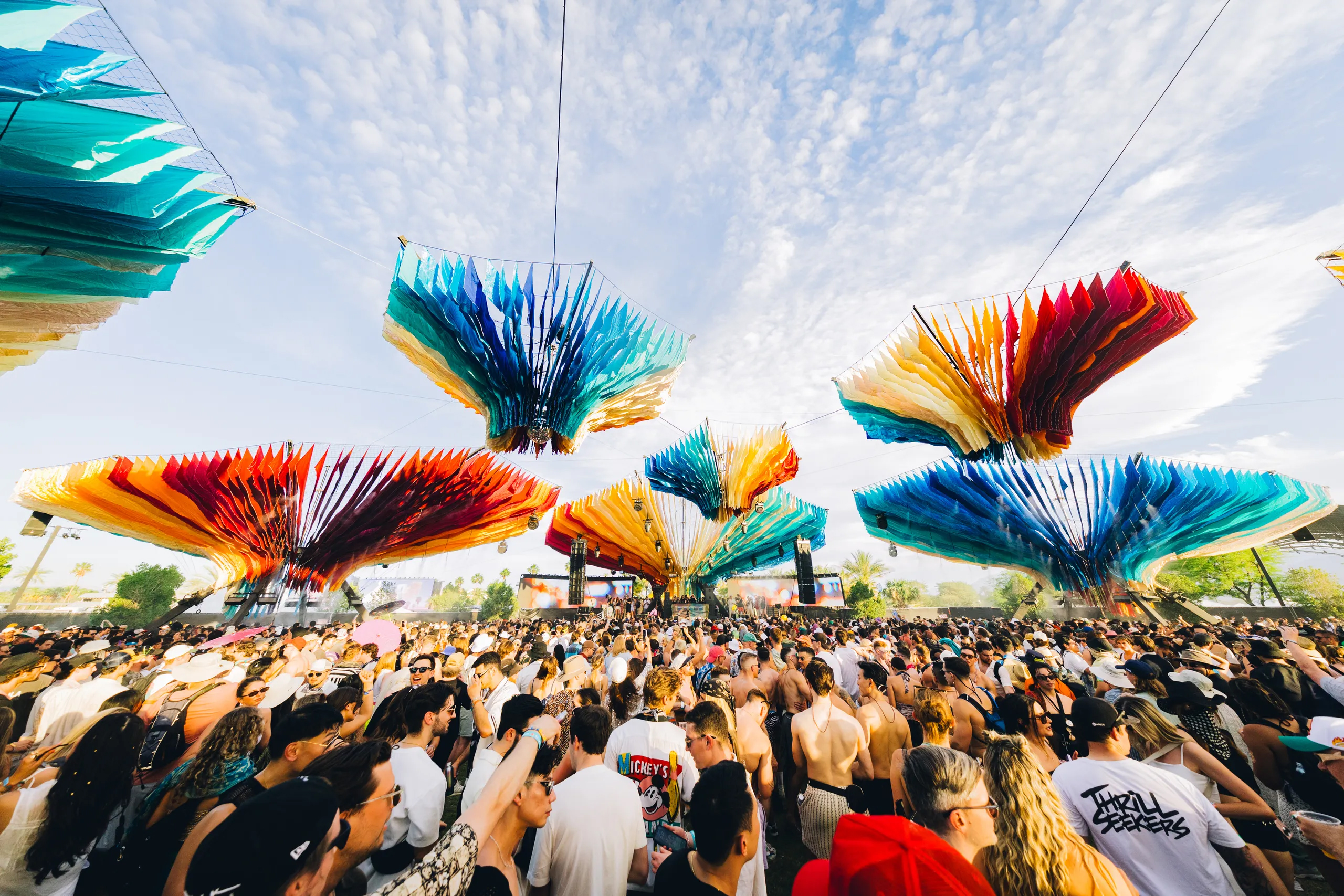With its inception as the capital of the once mighty Prussian kingdom, the city of Berlin stands today as the urban pith of modern day Germany. Celebrated for its effervescent cultural scene, a spectacular range of landmarks and a lifestyle that just strikes the balance between relaxed and all go, the mere mention of Berlin sparks excitement. The past and the present noticeably co-mingle throughout the city, with modern structures constructed alongside historical architecture against a milieu that is constantly abuzz with change.
Over the years as Berlin continued to embrace change with arms wide open, a powerful and diverse entertainment scene soon flourished. From the electrifying techno that began to boom off city walls in the ’80s to the risqué charm of nightclubs, Berlin swiftly bagged its moniker: the world’s playground capital. Now, how this entire situation came to be is a massively absorbing tale, and all it demands of you is a quick dive into history.

For a kickstart, it is crucial to know this key element of Berlin’s nightlife: The clubs here never have to close their doors. As a result, many opt to stay open through the weekend – ravers enter clubs on Friday night and only make their way out on Sunday morning. One can easily imagine the touch of brilliance this puts on the city’s entertainment scene — the fun quite literally never ends, for two consecutive days, at least. This peculiar norm, known also as Berlin’s no-curfew culture, roots to the early days of the Cold War when a whiskey-fuelled negotiation in 1949 brought an end to the postwar nighttime curfew. With this, the first seed was sown for the German city’s techno-throbbing character, starting at West Berlin.
However, it was only around 40 years later that the infamous electronic dance music (EDM) genre asserted its dominance within the city that never sleeps. What ignited this marvellous feat was none other than the Fall of the Berlin Wall — East Berlin soon adopted the West’s no-curfew agenda following the 1990 German reunification. As underground techno raves mushroomed in East Berlin, techno truly proved to be a compelling force that helped revive connections between the two regions. New-found freedom pervaded the air, and the youth revelled in it through club-trotting. In awe of the African-American techno of Detroit, German DJs added their own spin to the genre – boosting the speed and abrasiveness of the sound, they conceived a novel sound: Tekkno.
The hardest techno beats meet psychedelic effects and lights in Berlin’s most stimulating spots: Tresor, Berghain, Kit Kat Club are three of Berlin’s most iconic nightclubs. Renowned Tekkno citadels, these nightclubs define Berlin’s after-dark scene, so much so that even as you leave, your thoughts continue to reel from their allure. Tresor pioneered the city’s clubbing culture, transforming an ex-warehouse vault into a legendary techno hub that would rewrite electronic music history. In the years after its formation post the Berlin Wall’s fall, Tresor grew into a pilgrimage site for techno lovers, where the genre’s evolution takes centre stage amidst cutting-edge sounds.
Berlin and its nightclubs do not cease to surprise — cue their indelicate lure. Both Berghain and KitKatClub have full-blown liberation rooms where sexual desires are gratified in the open, for everyone to witness. While sex clubs are often deemed dangerous, given the vulnerability that arise from performing these acts openly, these clubs pose strict rules surrounding consent — Berghain reminds to “take care of yourself and your friends” and Kit Kat Club urges to “do what you want but stay in communication”. The freedom of sexual expression in Berlin’s sex-positive nightclubs makes them all the more unique.
If you wish to indulge in a nightlife beyond compare, Berlin is truly the city to find yourself in. It is, after all, the capital of Tekkno and sex clubs.
Featured image: Tresor Club











